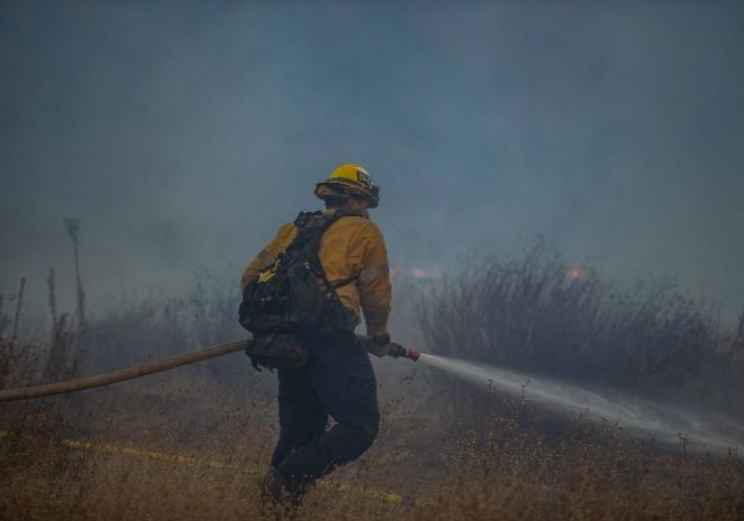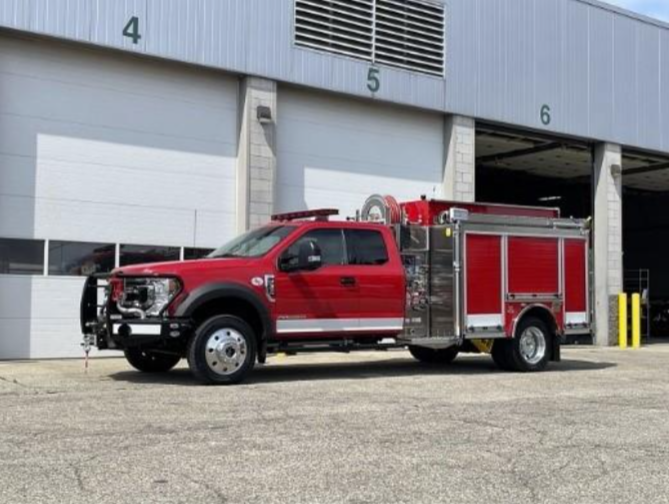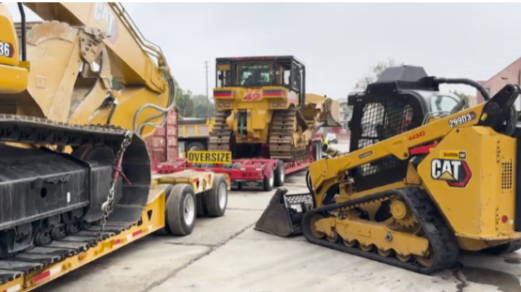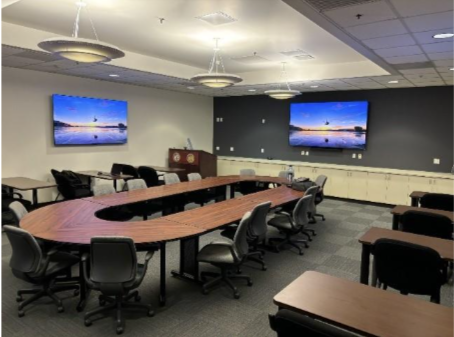Station Renovations
Cost: $15,000 average per project
The LAFD fire stations stand as symbols of service and sacrifice — but many are showing their age. More than half of the city’s fire stations are over 50 years old, built in a different era and not designed to handle today’s demands. Decades of nonstop operation, heavy equipment, and round-the-clock use have taken a visible toll.
Peeling paint, cracked flooring, worn-out surfaces, and outdated finishes now greet the firefighters who dedicate their lives to protecting the community. What were once state-of-the-art facilities have become environments that challenge both safety and morale. Investing in new flooring, fresh paint, and essential upkeep isn’t just about appearances — it’s about creating a clean, safe, and functional space for those who serve the city 24 hours a day, 365 days a year.







.jpg)


.png)










.png.webp)
